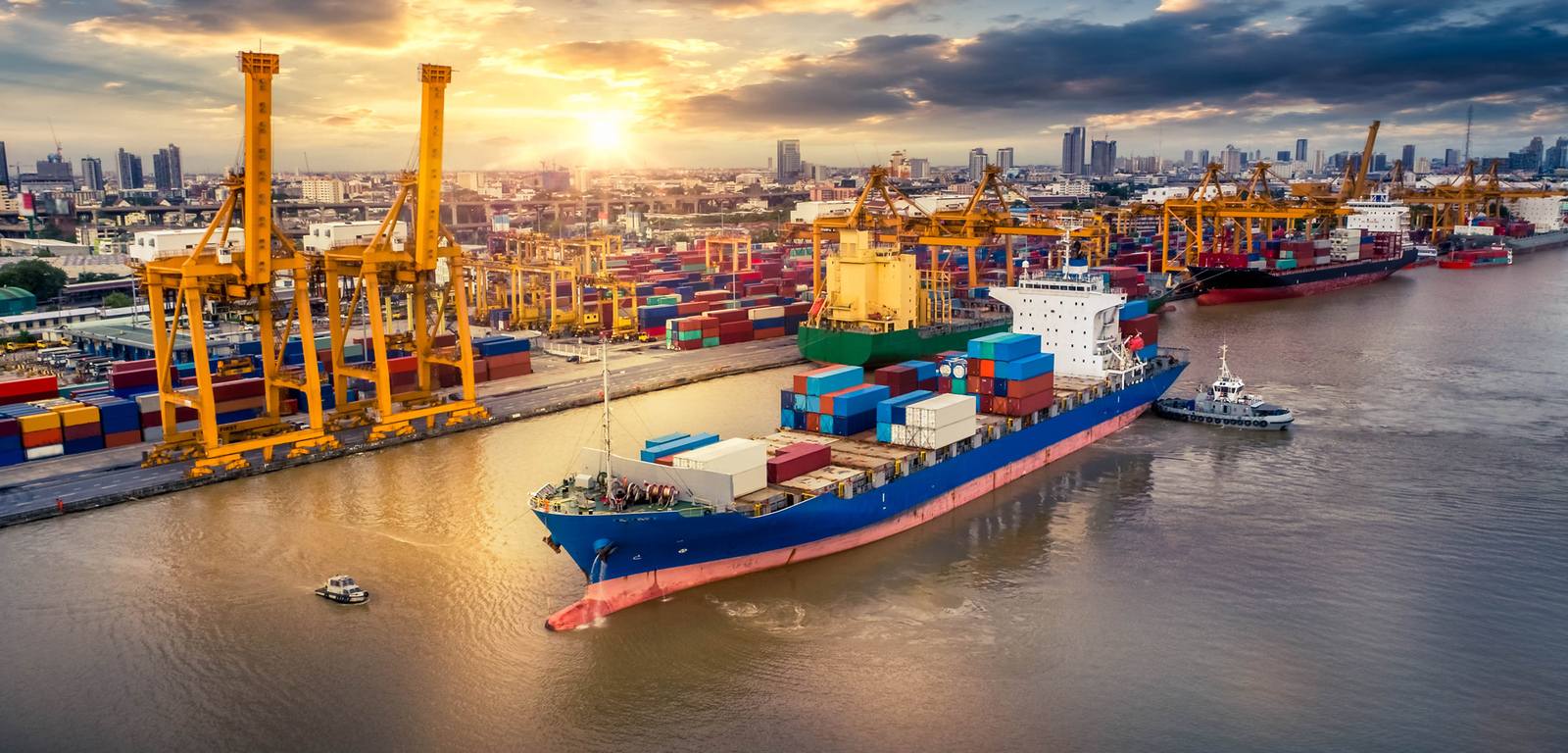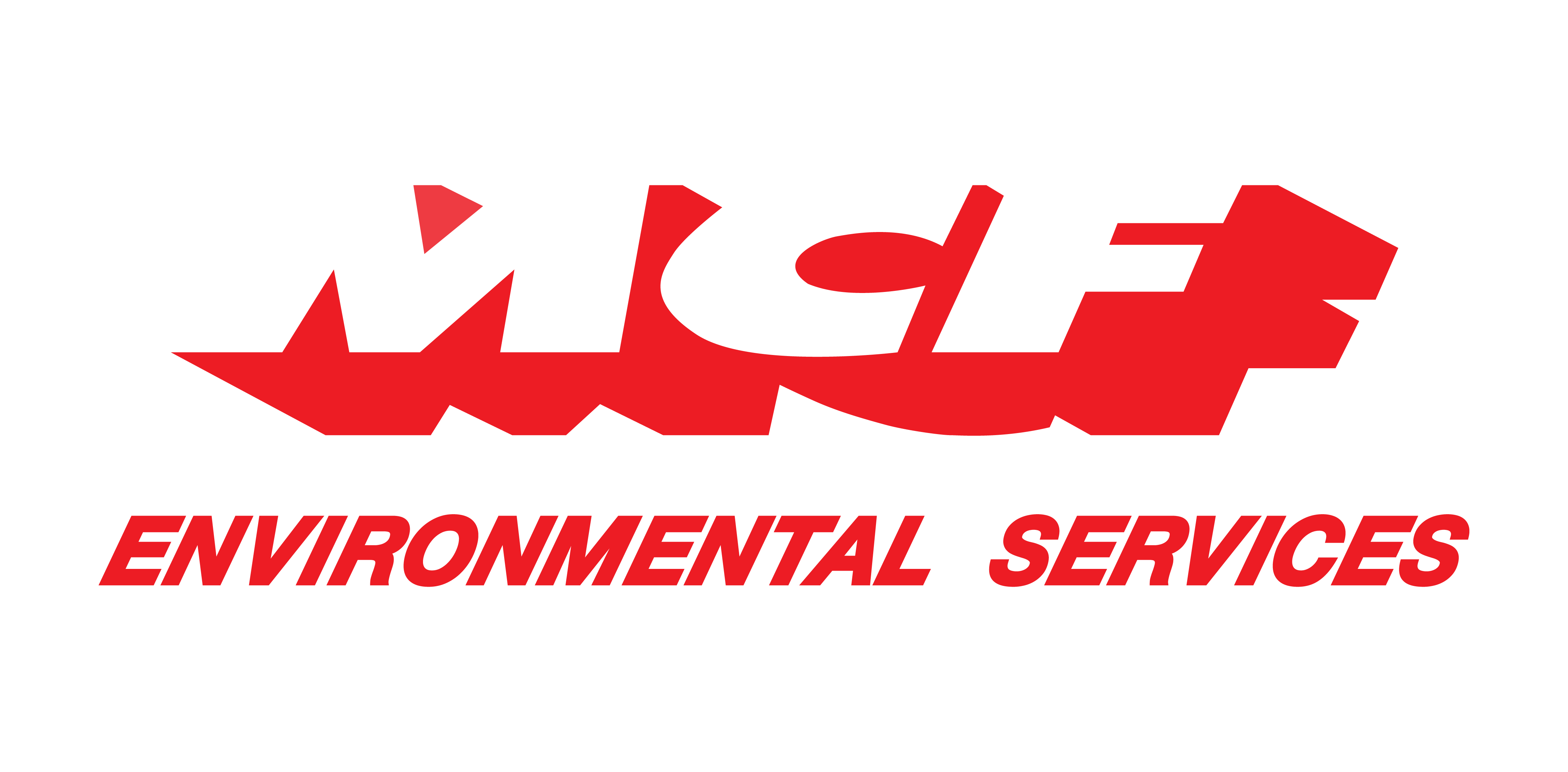
/ IN THIS BLOG
01 / Hazardous Wastes Generated in Boat Manufacturing
Fiberglass manufacturing facilities produce lightweight and durable boat hulls and in this process generate hazardous waste through the use of resins, hardeners, and fiberglass. The resins and hardeners often contain harmful chemicals like styrene and methyl ethyl ketone peroxide (MEKP), which can pose significant health risks if inhaled or ingested and can lead to air and water pollution if not managed correctly.
The Environmental Protection Agency (EPA) regulates a number of processes that take place during boat manufacturing due to the hazardous air pollutants produced during boat building and repair. These processes include aluminum recreational boat painting, carpet and fabric adhesive operations, gel coat operations, and fiberglass resin operations. In fact, according to the EPA, boat manufacturing is a prominent source of hazardous air pollutants (HAPs). Here are some of the hazardous wastes generated during boat manufacturing.
Styrene: Styrene evaporates during the manufacturing process from certain substances, including gel coats, surface coatings, resins, and solvents. Styrene is essential for producing a solid resin material that will hold up against petroleum and solvents, as well as other chemicals a boat is likely to be exposed to in a marine environment.
Methyl Methacrylate (MMA): MMA is another common chemical used in boat manufacturing. It is used to bond the different structural components of the boat.
Methylene Chloride (dichloromethane): Methylene chloride is used as a solvent in boat manufacturing.
Toluene: This chemical is used in making the paint thinners, paint, and adhesives, which are used in boat manufacturing. It is also used in the manufacturing of xylene, which is also used when manufacturing boats.
Xylene: Xylene is a solvent and is often used to remove adhesive residue. But, it has many other uses as well, including as fuel or a lubricant.
N-Hexane: N-Hexane is useful as a solvent for coatings, adhesives, and varnishes.
Methyl Ethyl Ketone (MEK): This substance is an industrial cleaning agent that can be used in the boat manufacturing process for cleaning a surface before painting it.
Methyl Isobutyl Ketone (MIBK): This is another solvent and is often used for synthetic resins.
Methyl Chloroform (1,1,1- trichloroethane): Methyl chloroform is used as a solvent or degreaser and also for making other chemicals.
02 / Health Effects of Hazardous Air Pollutants
The hazardous air pollutants generated in the boat manufacturing industry have a number of harmful effects on people, thus making it necessary for these substances to be carefully regulated. Below, we have listed some of the negative health effects of certain HAPs generated in the boating industry.
Styrene: Short-term exposure to styrene may cause irritation of the eyes and mucous membranes, as well as gastrointestinal effects. Chronic exposure to styrene may affect the central nervous system, resulting in fatigue, depression, hearing loss, peripheral neuropathy, and more. Several studies indicate an increased risk of lymphoma and leukemia. However, the evidence is not conclusive.
Methyl Methacrylate (MMA): MMA causes irritation to the eyes, mucous membranes, and skin. It can also cause symptoms such as nausea, loss of appetite, headache, dizziness, weakness, drowsiness, and irritability.
Methylene Chloride (dichloromethane): This substance can damage the skin, heart, liver, and eyes. It can also cause nausea, dizziness, numbness, tingling in the limbs, and drowsiness. In cases of severe exposure, it can cause unconsciousness and death.
Toluene: Toluene can cause muscle fatigue, eye and nose irritation, liver and kidney damage, tiredness, headache, insomnia, dilated pupils, nerve damage, confusion, insomnia, tears, inflammation of the skin, and euphoria.
N-Hexane: N-Hexane can cause numbness, muscle weakness, reduced respiration, dizziness, vomiting, nausea, headaches, skin and eye irritation, coughing, lightheadedness, and passing out.
Methyl Ethyl Ketone (MEK): Methyl Ethyl Ketone can cause drowsiness, headaches, confusion, dizziness, fatigue, convulsions, narcosis, vomiting, depression, nausea, and passing out. It can also cause permanent eye damage if it contacts the eyes.
Methyl Isobutyl Ketone (MIBK): This substance can cause throat, nose, skin, and eye irritation, narcosis, headaches, nausea, dizziness, numbness in the toes and fingers, unconsciousness, and even death.
Methyl Chloroform (1,1,1- trichloroethane): Methyl Chloroform can cause lassitude, skin and eye irritation, central nervous system depression, liver damage, dermatitis, cardiac disease, arrhythmias, headaches, and poor equilibrium.
03 / Beyond Boat Manufacturing
Beyond the manufacturing processes, the boating industry generates significant hazardous waste through various operations such as machine shops, boat repair businesses, and fiberglass manufacturing facilities. Machine shops are essential for the maintenance and repair of boat engines and other mechanical components. These services often use and dispose of oils, lubricants, solvents, and metal shavings. These substances can be harmful if not properly managed, potentially contaminating water sources and soil. Additionally, the chemicals used for cleaning and degreasing parts can be toxic, posing risks to both the environment and human health.
Boat repair businesses also contribute to hazardous waste through activities such as hull cleaning, painting, and engine maintenance. Paints, varnishes, antifouling coatings, and other chemical treatments contain volatile organic compounds (VOCs) and heavy metals, which can be harmful if they leach into waterways.
Addressing the hazardous waste generated by these sectors of the boating industry requires stringent waste management protocols and regulatory compliance to mitigate environmental and health impacts as well as keeping a business safe from compliance issues and litigation.
Proper disposal and recycling programs, use of less toxic alternatives, and adherence to best practices in handling and storage can significantly reduce the hazardous waste footprint. It’s crucial to also partner with a waste disposal service experienced in the boating industry. The right partner can help ensure you are following all of the necessary regulations, which can be complicated and ever-changing.
04 / Disposing of Hazardous Air Pollutants
Hazardous air pollutants are covered by the Resource Conservation and Recovery Act, and boat manufacturers must make sure they comply with the regulations when disposing of hazardous air pollutants. Companies are responsible for any waste they generate from cradle to grave. Thus, it is important to comply with these regulations, as well as other relevant regulations, to avoid penalties and protect the public and the environment. Unfortunately, regulations can be complex, making it difficult to remain compliant. However, MCF Environmental Services can help your business comply with the regulations by providing solutions customized to meet your needs.
MCF provides guidance to your company on how to comply with regulations on accumulating and storing hazardous waste and any required documentation. Our company can identify hazardous waste and complete the associated waste profiles. We can also provide DOT-approved containers for collecting the waste. Then, when your company is ready to dispose of the waste, MCF Environmental Services can transport and dispose of the waste, including dealing with the Manifests, Labels and Shipping Documents.
MCF Environmental Services can help your company ensure that it is not only compliant with the regulations but also deals with any hazardous waste generated in the most environmentally friendly manner. Boat manufacturing requires the use of a number of HAPs, but with the help of our waste management company, you can be sure the hazardous waste your company generates is disposed of safely and in the most sustainable manner available. Whatever part of the boat industry your business is in, MCF Environmental Services can help safeguard your company and ensure you are operating safely and in full compliance. Reach out to learn more.
Robert Losurdo
President, COO










